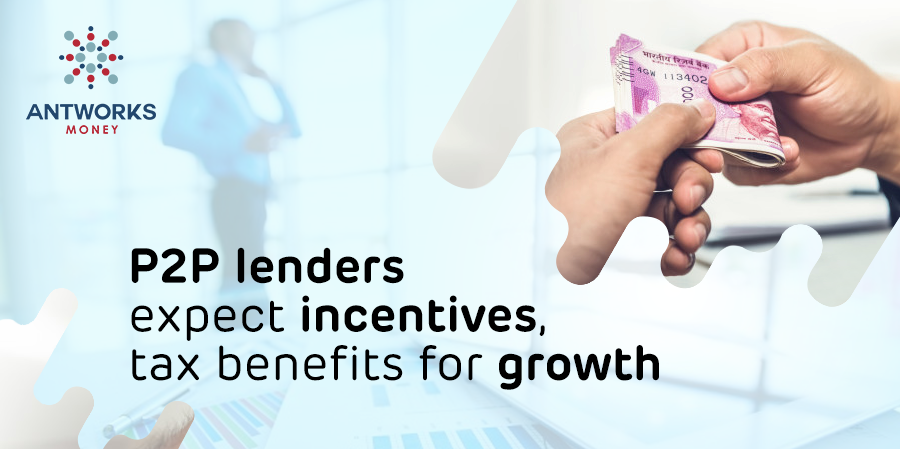
Budget 2019: P2P lenders expect incentives, tax benefits for growth
The Union Budget of 2019 is to be tabled before the parliament soon. The Peer to Peer (P2P) lending segment is anticipating tax benefits, scrapping of lending cap plus breaks from the Narendra Modi government, which has formerly backed up cashless payments.
Even though the market size is of Rs 300 crore, the Indian P2P lending market is even now at a growing stage. Nonetheless, with a simple transaction process, it is already a stride in front of customary sources like banks. It is the possibility of high returns that have made P2P lending a most select attractive and alternative for investment in our country.
The P2P growth story in India
Even though in a developing stage, P2P lending is a novice in the Indian lending space. P2P has made it somewhat easier for borrowers to opt for a loan with a flexible rate of interest and devoid of any worries of being rejected by banks because of poor or bad credit history.
Everyone might not be sufficiently capable of investing in market-related alternatives like equities, mutual funds, as well as debt funds. P2P is a simple investment choice for people who desire to keep away from market risks.
Normally, an investor can get returns anywhere between 12% and 18% by simply investing in a P2P platform.
Peer to peer lending is a concept which is not very new in the country. The guiding principles for P2P lending were brought out way back in October 2017. There are in addition fairly a handful of players in the industry; on the whole dimension of the industry may not be vast. It is extensively anticipated that the Union Budget India 2019 may come up with positive incentives as well as provisions to make them popular and also assist them to attain a healthy mechanism for availing credit even by those who do not possess an acceptable credit profile or credit score.
Basically, P2P platforms are sort of a marketplace where lenders, as well as borrowers, meet to match their lending and borrowing requirements. For those who seek to invest plus earn a comparatively higher return at the same time as those who are seeking to borrow funds even if their credit profile is unsuitable with banks, P2P is the sector that will give a helping hand.
P2P Lending Industry is very small presently and there is an exceptionally high likelihood that it may not get any mention at all in the forthcoming union budget. Nevertheless, the prospects of P2P Lending industry is enormous, and the government out to create encouraging circumstances for this industry to develop. P2P Lending can figure out the setback of credit flow to the MSME segment which renders the highest employment as well as the spinal column of our economy.
Expectations from Budget 2019
In addition to removing the cap enforced on maximum lending plus borrowing amount, the government should also make the interest earned on P2P Lending tax-free. Undoubtedly, it will prove to be an innovative step, which will craft P2P Lending a very profitable investment alternative for retail customers and moreover it will enhance this segment to unparalleled growth.
The GDP growth of India has slid to a five-year low of 5.8% in the January-March quarter. Credit course to corporate and Ministry of Micro, Small and Medium Enterprises (MSME) segment has retarded by banks and conventional Non-banking financial companies (NBFCs). Mudra has been unable to bridge the gap and provide the essential momentum to the MSME sector. The government should investigate all other alternatives accessible which can flow money obtainable with retails customers to these segments directly. P2P Lending platforms are completely prepared to make this happen. As stated earlier, the government should make tax free the interest earned on P2P Lending and this is sure to entice several retails customers towards this sector.